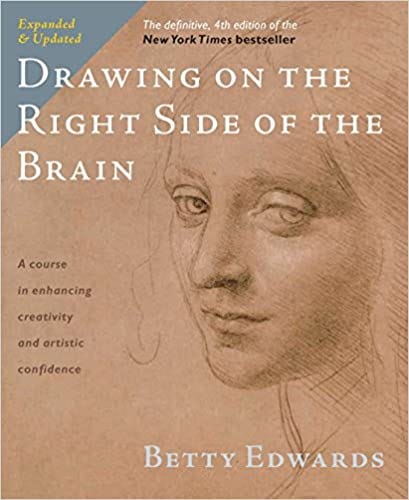What I Learned From Doing Inktober
And why you should practice discipline.
A few years ago, on what seemed a last-minute whim, I decided to do Inktober. And I did it. I completed an inked drawing every day for the month of October. I jumped in with Chesterton’s advice marching before me: “Anything worth doing is worth doing badly.”
And I did very badly indeed. But I got better.
In order to get to the good stuff, you have to slog through the bad stuff, which is true in learning any endeavor. I had been teaching myself to draw for months, with the intended goal to eventually illustrate my own children’s books, to get to a high standard I would be proud of.
That never happened. I’m past 40 and don’t have the runway I once did. There was only so much time left, and I couldn’t dedicate my extra hours to improving several different crafts. I gave myself permission to stop drawing and focus everything on writing. That’s another story.
I still like drawing, but I’ve accepted I’ll never be a professional. I did get good enough to copy other drawings and photos with decent skill. Inktober was a giant step forward for a few reasons.
Since you have to post to social media, even your failures, you get over your fear of embarrassment quickly. (And boy, did I have some failures). But, no matter how bad you are, you’re still better than everyone who chose not to show up.
I drew things I would never have drawn before.
I’m actually proud of some of the work I did, and I could see the potential.
But there were two big takeaways from Inktober.
Saturation Brings Insight
By focusing on this form of drawing every single day, forcing myself to finish, I saturated my mind in similar tasks, over and over. When trying to solve problems in the same domain, you are more likely to have insights and make connections.
My key insight and takeaway was that I now had better clarity over what I needed to improve. What I needed to practice. What I should focus on to bring a better return on my time investment. Specifically, figure drawing and capturing subtle shifts of shadow when working with nothing but black and white.
This is true for anything. To make significant improvement, you need long stretches of focus and saturation. Surface-level skimming might get you enough to stumble along, but for true, lasting improvement, you need to drink deep.
Discipline is Contagious
Every day. No matter what. Have a brand new game you’re itching to play? You can’t play it, because you have work to do. If you waste time, you get less sleep. Period. These types of habits are not isolated, and the muscle you build in one area can be used for other tasks.
Once you see what you can accomplish, you want to be able to do it again in other areas. I don’t think it’s a coincidence that I also got back into the habit of reading at least two non-fiction books every night before bed, 15 minutes each. It doesn’t sound like much, but I was able to finish them both within just 2 months. I also found myself waking up an average of 45 minutes earlier than usual. That’s a lot of extra time each day.
After the challenge, I looked more actively at how to apply systems to other areas of my life, including work. How much could I accomplish if I ruthlessly cut out other parts of my life, like casual social media use?
It’s contagious.
I encourage everyone to do some kind of 30-day challenge, one that requires significant effort every day, something that makes you tired but not exhausted. Make a promise to yourself and keep it. And that won’t be the only area of your life that improves.
Learning to focus
How do you get into the “flow” state, where time seems to both stand still and rush by? A state of focus that allows you to do deep work and be productive beyond your normal capabilities?
First, you need to know what it feels like, and get more practice in creating that bubble for yourself. In my experience, learning to draw is one of the best ways to accomplish this.
You don’t have to get great at drawing to benefit from it. The practice itself is the point. The journey matters more than the destination.
Attempting to draw something is really about observation and learning to look at things in a new way. As you focus on what you are drawing, you’ll often find the outside world blurred, and suddenly, it’s been 2 hours. It doesn’t always happen, but it is the most reliable way I have come across.
I recommend Drawing on the Right Side of the Brain for this. Follow the exercises and the author’s recommendations, and you’ll be amazed at how quickly your brain and hand begin to communicate. The author has you do a self-portrait at the beginning of your journey and then another one after you have finished the exercises.
The difference will amaze you.
Mine was not perfect, but it is a much better representation of reality. I stopped drawing symbols of what I thought I was seeing and attempted to draw what I actually observed.
And while you learn to do that, you also get practice on focusing.


